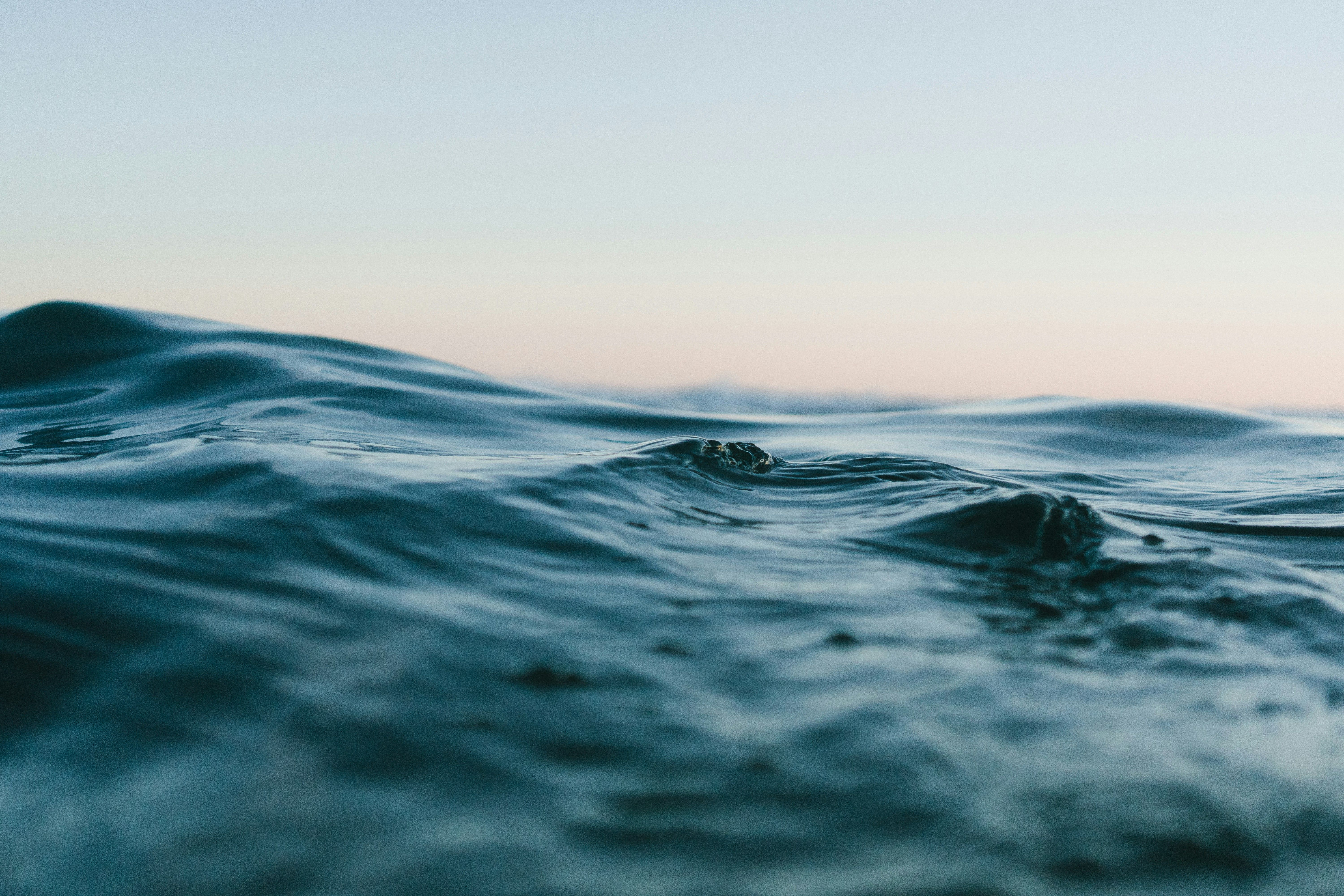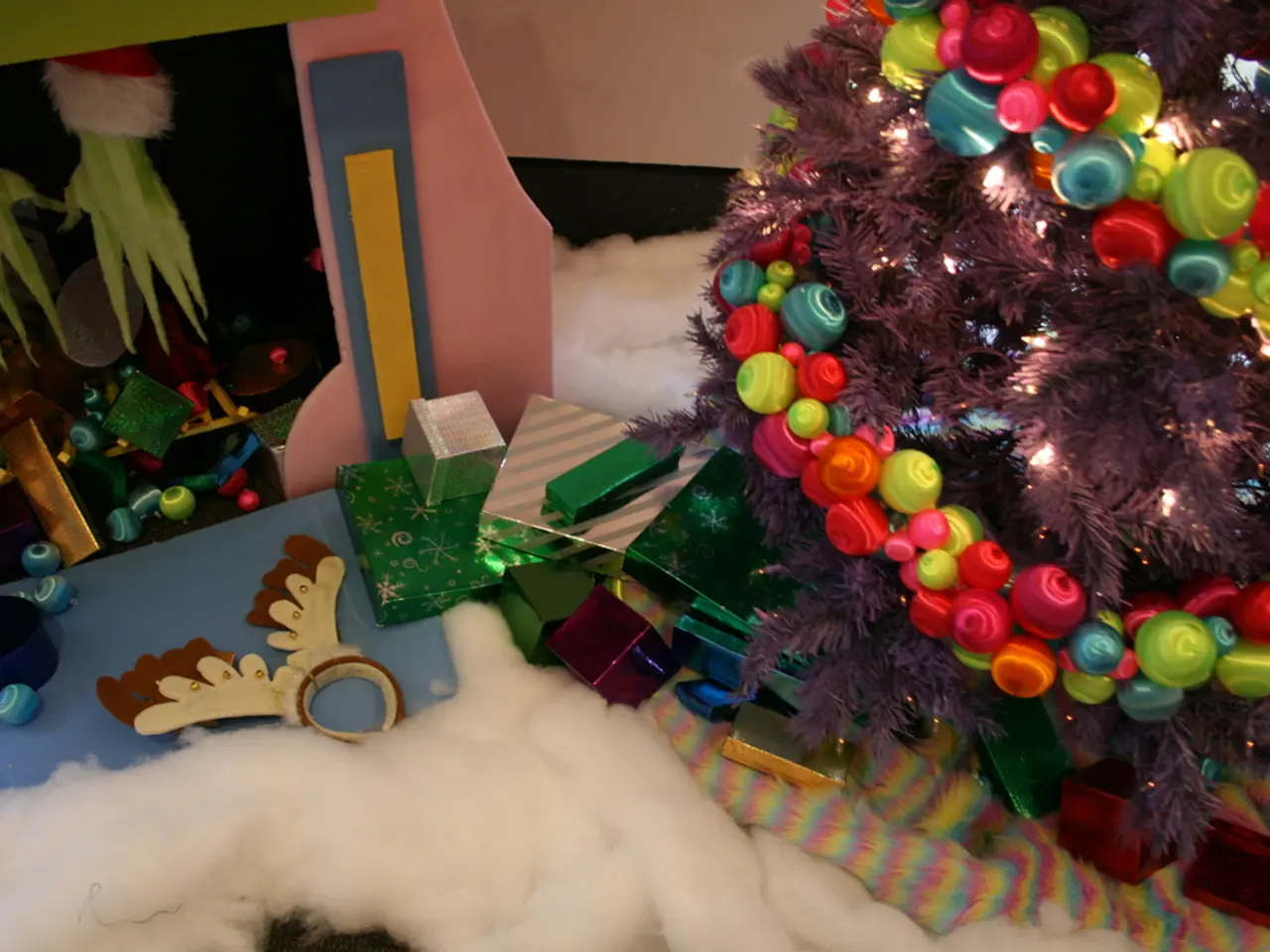Instructions for Creating Independent Animation Sequences
Unraveling the Animation Production Pipeline: A Comprehensive Guide for Independent Creators
In the ever-expanding world of animation, understanding the production pipeline is crucial for independent creators seeking to bring their creations to life. This comprehensive guide breaks down the essential stages of the animation production process, providing a solid foundation for indie productions.
The Animation Production Pipeline: An Overview
The production pipeline serves as the backbone of every animated project, from indie productions to major studio releases. This intricate process comprises 11 stages that transform ideas into animated reality.
Pre-Production: Setting the Foundation
Script Development
The script serves as the blueprint for every successful animation project, whether original or based on existing material like webtoons or comics. Animation studios often adjust source material to better suit the animation format while preserving the core story.
Character Design Phase
At this critical stage, artists develop the visual style and personality traits of each character. For studios working on adaptations, careful attention must be paid to balancing faithful representation with animation-friendly designs.
Visual Development
Storyboarding
Storyboard artists translate the script into sequential visual panels, planning camera angles, character positions, and scene transitions. This crucial stage helps directors visualize the final product before animation begins.
Animatic Creation
The animatic combines storyboards with rough timing and preliminary audio, creating a rough cut of the animation. This crucial step in the animation production lifecycle helps identify pacing issues early.
Production Phase
Voice Recording
Professional voice actors bring characters to life through their performances, a vital aspect of the animated storytelling experience. Modern animation studios often utilize remote recording solutions, ensuring high-quality results.
Animation
This is where the magic happens! Traditional methods, computer-generated imagery (CGI), or a blend of both may be used to animate characters and elements. The process involves:
- Key animators, who create major poses and movements
- In-between artists, who smooth out the motion
- For 3D projects, riggers and animators collaborate with character models
- Effects animators, who add special elements like fire or water
Sound Design and Music
Sound designers and composers create custom sound effects, background music, atmospheric elements, and final sound mixes to further enhance the viewing experience.
Post-Production
Compositing and Editing
The post-production team combines all elements, including animated sequences, background art, special effects, sound and music, and color correction.
Quality Assurance
Before release, projects undergo rigorous testing for technical errors, animation synchronization, and artistic quality.
Launching Your Animation: Finding the Right Audience
The final stage involves developing a distribution strategy, which is crucial for reaching the intended audience across streaming platforms, television broadcasts, or theatrical releases.
Kickstarting Your Animation Journey
Whether you're a novice or an experienced graphic production artist transitioning to animation, this pipeline provides a solid foundation for your animation journey. Remember, while the process may seem complex, breaking it down into manageable stages makes even the most ambitious animation projects achievable.
Building a lifestyle that supports your animation passion, incorporating home-and-garden routines for focus and creativity, and adopting sustainable living practices can provide a conducive environment for thriving in the animation industry. As an independent creator, embodying a mindset centered around sustainability, well-organized workspaces, and minimal distractions can contribute to the overall success of your animation projects.







